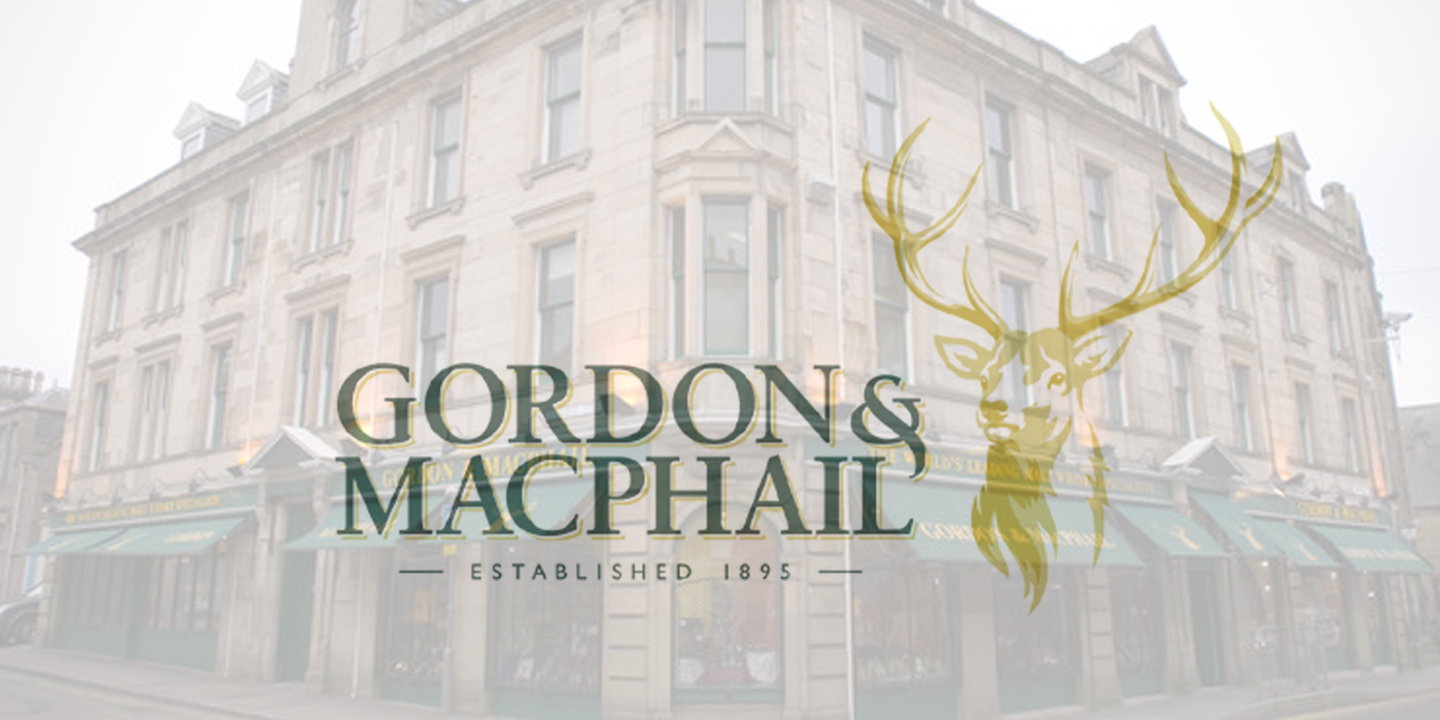Whisky bluff to whisky buff: the dawn of independent bottling
Uncategorized
If you’ve ever sipped an independent bottling by Adelphi, Berry’s or Wilson and Morgan, you might not be aware that you owe every drop of pleasure to two enterprising greengrocers from the small Scottish city of Elgin in the early 19th Century.
In 1825, James Gordon and John Alexander MacPhail, under the guidance and direction of their apprentice (and, later, Senior Partner) John Urquhart, started to buy malt whisky in casks from local distilleries and to market the whiskies themselves. Soon after, they also began to fill their own Spanish oak, ex-sherry casks to mature the whiskies for significantly longer than was usual at the time.
The result? A huge boom in the market, a huge amount of public demand and a surge of fledgling independent bottlers producing exciting independent bottlings.
However, just over a century later, and after two World Wars, Gordon and MacPhail was the only independent bottler still in business.
Introducing single malt to overseas markets
During this time, they collected an eye-watering selection of old malts. They had also kept their business going while distilling ground to a wartime standstill, sold great deals of matured whisky to the United States to help with the war effort and – most importantly – introduced their Connoisseur’s Choice range to European and North American markets, starting an international demand for British malt whiskies that continues to this day.
The independent bottling trend catches on again
As the post-war years progressed, the independent bottling trend began to catch on once more.
Not only did distilleries start to bottle their own whiskies (prior to the 1970s only a dozen distilleries bottled their own whiskies, the rest used independent bottlers) but new, exciting independent bottlers began to emerge.
And they did things a little differently.
They bottled it at cask strength so that the whisky had a fuller flavour. (As is still the case, most bottled whisky was diluted with water to lower its ABV from around 65% to 40%. Not only did this make the whisky more palatable for casual whisky consumers, but it helped to lower the productions costs and produce more bottles per cask.)
They also chose not to remove the esters, proteins and fatty acids through chill filtration. This improves the flavour – leaving the aroma, flavour and characteristics of the whisky intact and as intended.
Finally, they also left out the spirit caramel colouring. (There’s a long and fervent debate surrounding caramel colouring among maltheads and whisky drinkers. On the one hand, many argue that caramel colouring is added to mimic the effect of aging in less mature whiskies. On the other, many argue that it is added for consistency – each cask and batch will produce different coloured whisky, the caramel colouring helps them all look the same. Either way, it is agreed that doesn’t add anything to the whisky, so most people prefer it left out.)
(If you’re yet to experience a cask strength whisky that hasn’t had colouring added and hasn’t been chill filtered, Aberlour 21 Year (Maltman, 1994) is a great whisky to start with, especially if you’re a fan of PX-finished whiskies. It’s a Whisky Foundation exclusive, too!)
So, next time you’re enjoying the crisp and intense character of the Clynelish 20 Years (Signatory, 1995) or savouring the sherry-finish of the Glenlossie 18 Year (Maltman, 1997), raise a dram to the humble greengrocers who made it possible; James Gordon, John Alexander MacPhail and John Urquhart.



